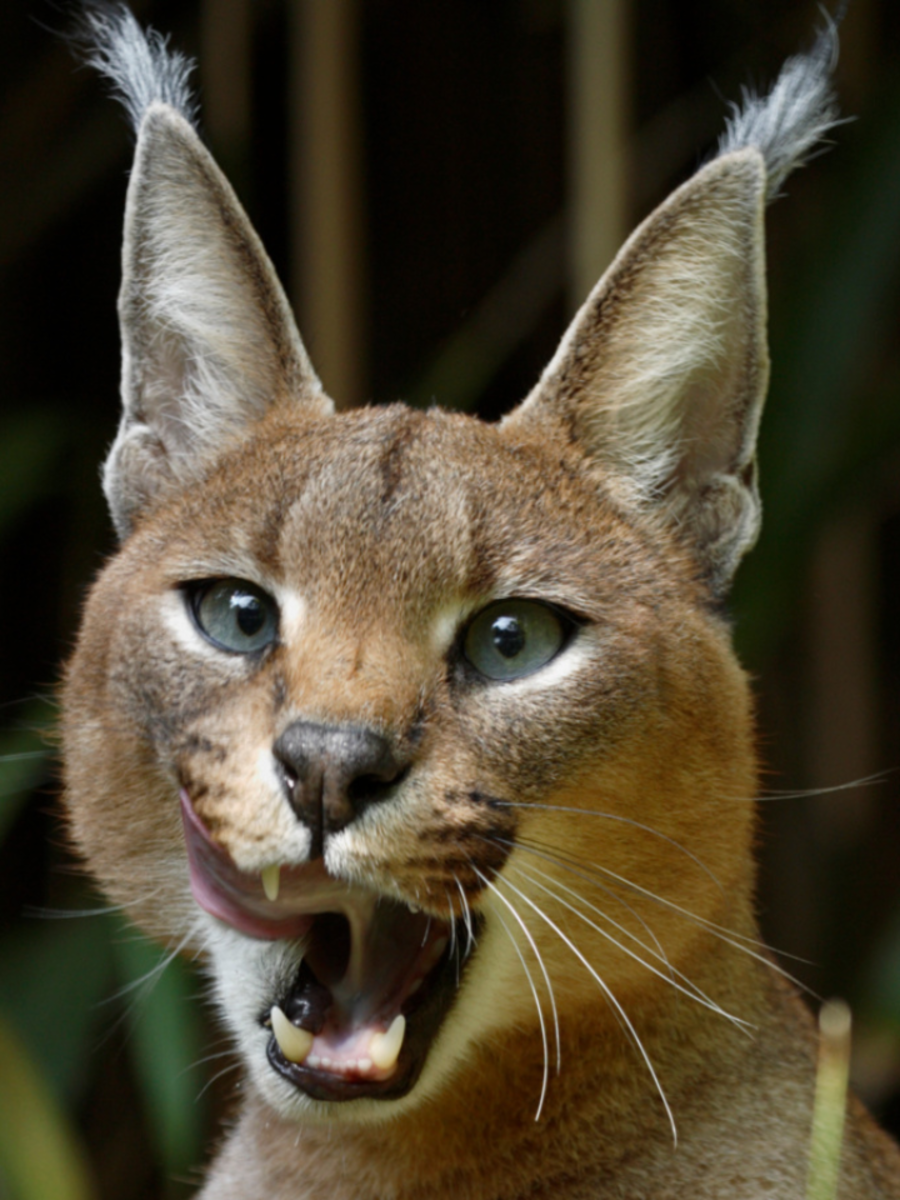Caracal Cat Spotted in Cholistan Desert
The caracal's presence in the Cholistan desert highlights the region's ecological vitality and the importance of ongoing conservation efforts. With its distinctive tufted ears and powerful build, the caracal is a remarkable species that plays a crucial role in maintaining the balance of the ecosystem. Further research and conservation efforts are necessary to protect this endangered species and its habitat.

A caracal, listed as an endangered species in Pakistan, has been spotted for the first time in the Cholistan desert, marking a significant milestone in wildlife monitoring and conservation efforts. The sighting was confirmed by the Wildlife Department and highlights the ecological vitality of the region.
The caracal, a medium-sized wild cat native to Africa, Asia, and the Middle East, is known for its distinctive tufted ears, long legs, and powerful build. It is a skilled hunter, feeding on small to medium-sized mammals, birds, and reptiles, and is also known for its agility and ability to jump high to catch prey. The sighting in the Cholistan desert is a significant development, as it signifies the impact of ongoing wildlife monitoring and conservation efforts in the region.
Mujahid Kaleem, Assistant Conservator Wildlife, described the sighting as one of the most unforgettable experiences of his career. The observation will be documented and used for future research and conservation strategies. The caracal was observed in hunting mode near a herd of chinkara deer, making the scene remarkable and highlighting the importance of conservation efforts in protecting endangered species.
The sighting of the caracal in the Cholistan desert is a positive development for wildlife conservation in Pakistan, and it is hoped that it will lead to increased efforts to protect and conserve endangered species in the region. The documentation of the sighting will provide valuable insights into the behavior and habitat of the caracal, and will inform future conservation strategies.